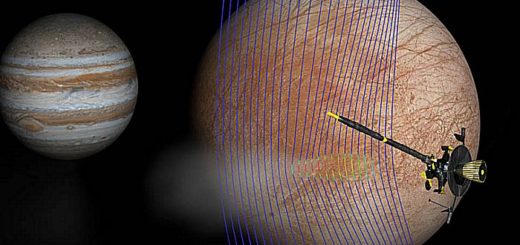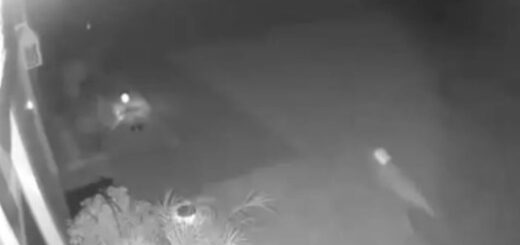Ancient Night Sky And The Rise Of The Pleiades Recreated To Date Sappho’s 2,500 Year-Old ‘Midnight Poem’

Physicists and astronomers from the University of Texas at Arlington have now solved the mystery of a 2,500 year-old poem written by Sappho.
With help of sophisticated astronomical software, scientists have successfully been able to date lyric poet Sappho’s ‘Midnight Poem’, which describes the night sky and the rise of the Pleiades over Greece more than 2,500 years ago
The Pleiades, a group of bright stars also known as the Seven Sisters, is visible from the northern hemisphere and most of the southern. The star cluster was important to many ancient cultures, such as for example the Australian Aborigines, Vikings, Mayans, Babylonians and Native Americans.
The poet Sappho was born and died on the Greek island Lesbos. She was a creative, good poet and a rival of Homer, who today is best known as the author of the Iliad and the Odyssey. Unfortunately, only around 200 fragments of Sappho’s work have survived. Midnight Poem is one such piece.
Sappho’s “Midnight Poem” describes the Pleiades star cluster in the constellation of Taurus having set at around midnight, when supposedly observed by her from the Greek island of Lesbos:
The moon has set
And the Pleiades;
It is midnight,
The time is going by,
And I sleep alone.
(Henry Thornton Wharton, 1887:68)
Cuntz and co-author and astronomer Levent Gurdemir, director of the planetarium at UTA, used astronomical software called Starry Night version 7.3, to identify the earliest date that the Pleiades would have set at midnight or earlier in local time in 570 B.C. The planetarium system Digistar 5 also allows creating the night sky of ancient Greece for Sappho’s place and time.
See also:
Elusive Planet Mercury As Seen Through The Eyes Of Ancient Astronomers
Ancient Papyrus Reveals Millennia Old Astronomical Secret: The ‘Demon Star’ Algol Does Exist
Ancient Genius Jang Yeong-sil And His Brilliant Astronomical Instruments
The Starry Night software demonstrated that in 570 B.C., the Pleiades set at midnight on Jan. 25, which would be the earliest date that the poem could relate to. As the year progressed, the Pleiades set progressively earlier.
“The timing question is complex as at that time they did not have accurate mechanical clocks as we do, only perhaps water clocks” said Cuntz. “For that reason, we also identified the latest date on which the Pleiades would have been visible to Sappho from that location on different dates some time during the evening.”
“Estimations had been made for the timing of this poem in the past, but we were able to scientifically confirm the season that corresponds to her specific descriptions of the night sky in the year 570 B.C.,” said Manfred Cuntz, physics professor and lead author of the study
“Use of planetarium software permits us to simulate the night sky more accurately on any date, past or future, at any location,” said Levent Gurdemir.
“This is an example of where the scientific community can make a contribution to knowledge described in important ancient texts,” physics professor Cuntz said.



 Creators of mankind
Creators of mankind Description of “Tall white aliens”
Description of “Tall white aliens” Where they came from?
Where they came from? About hostile civilizations
About hostile civilizations The war for the Earth
The war for the Earth “Tall white aliens” about eternal life
“Tall white aliens” about eternal life Video: “Nordic aliens”
Video: “Nordic aliens” Aliens
Aliens Alien encounters
Alien encounters The aliens base
The aliens base UFO
UFO Technology UFO
Technology UFO Underground civilization
Underground civilization Ancient alien artifacts
Ancient alien artifacts Military and UFO
Military and UFO Mysteries and hypotheses
Mysteries and hypotheses Scientific facts
Scientific facts


















